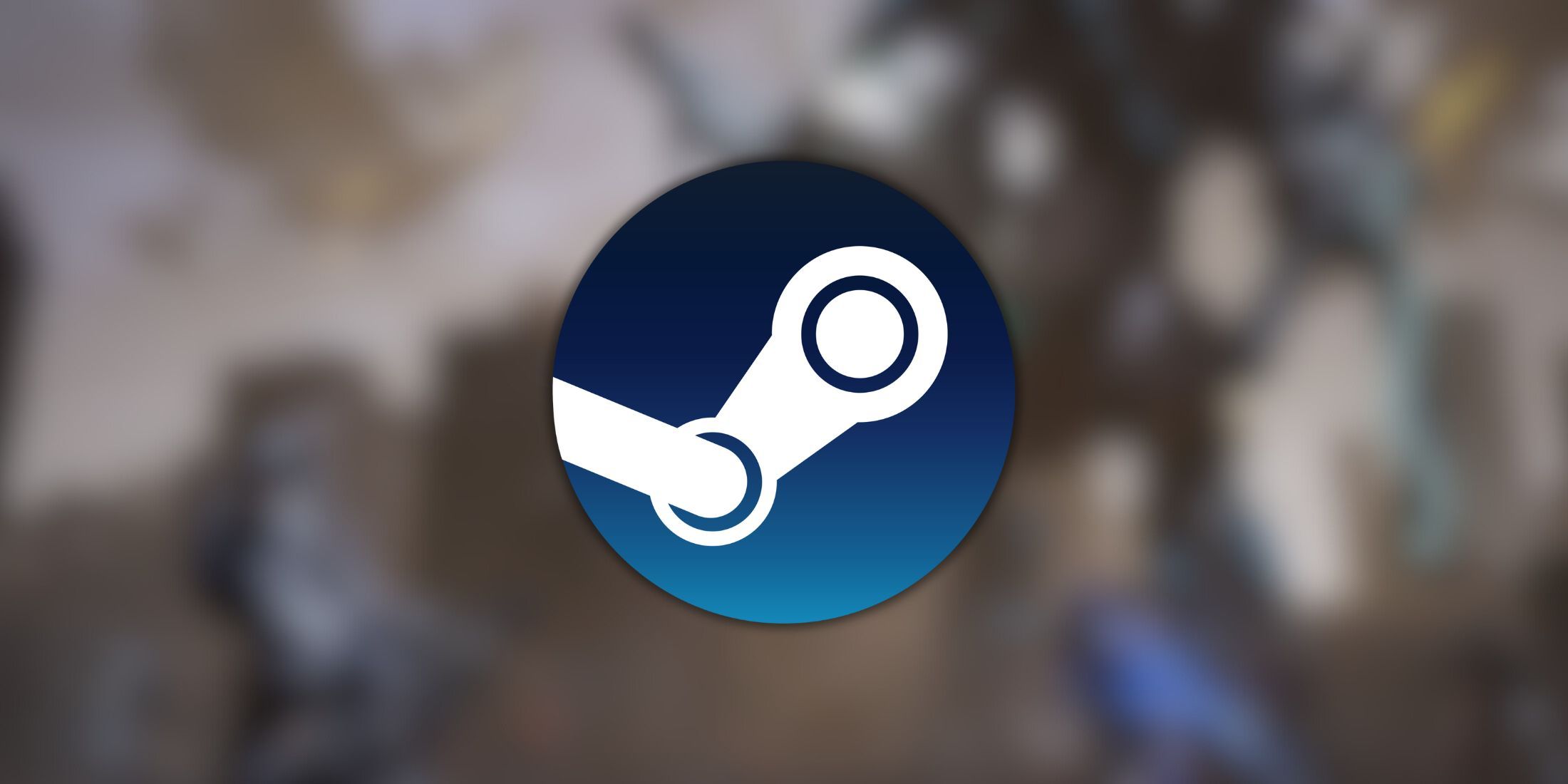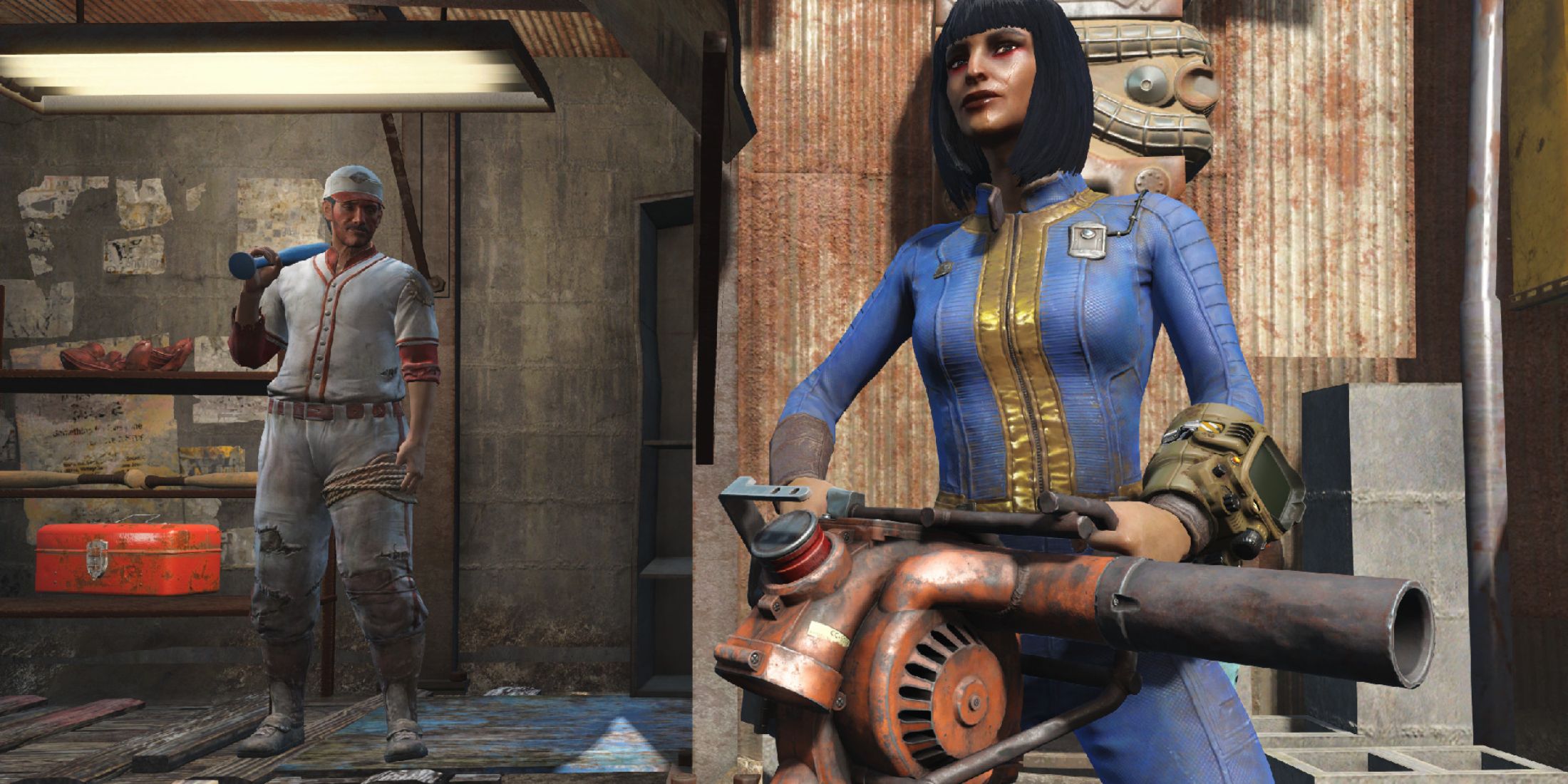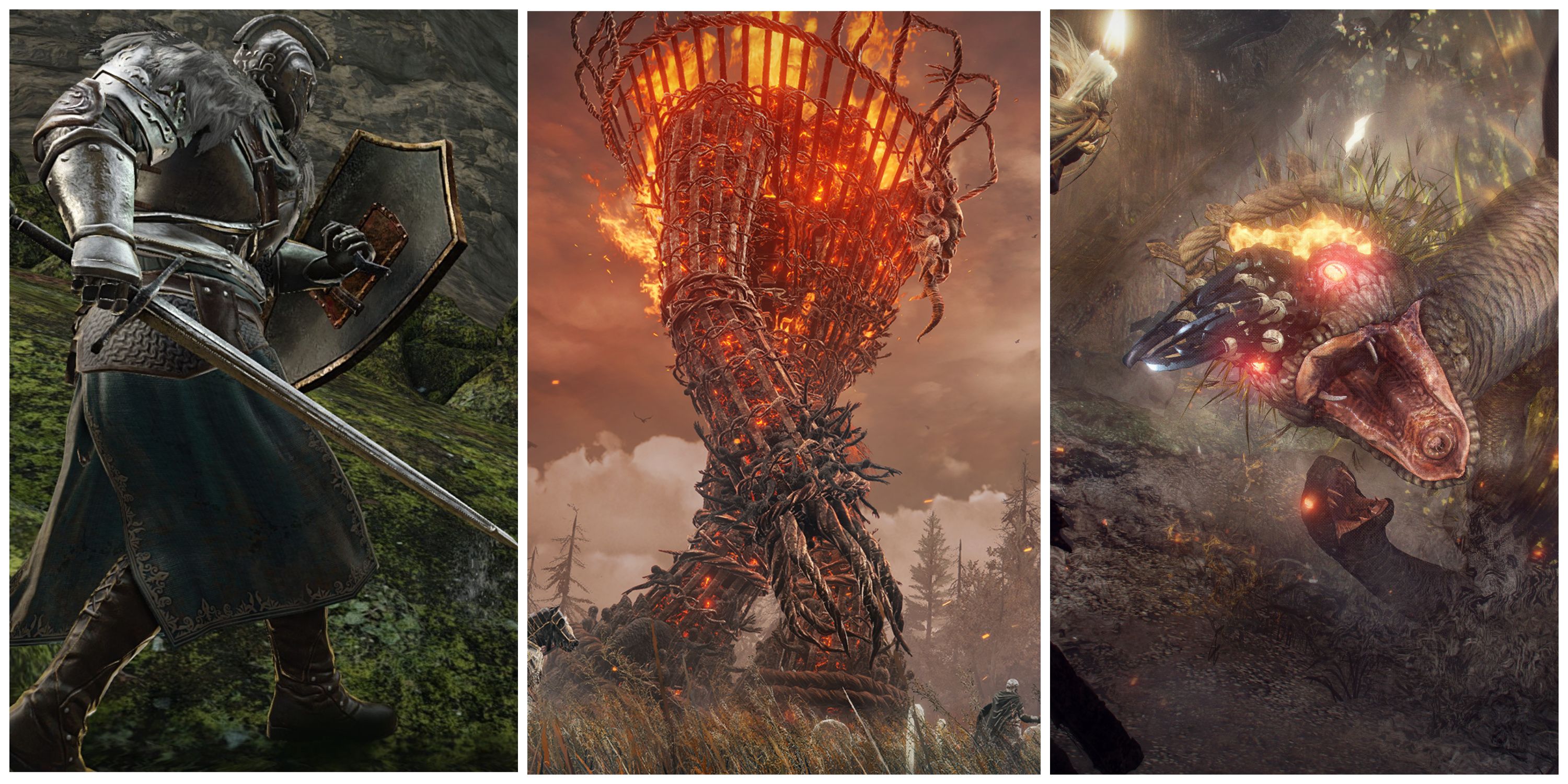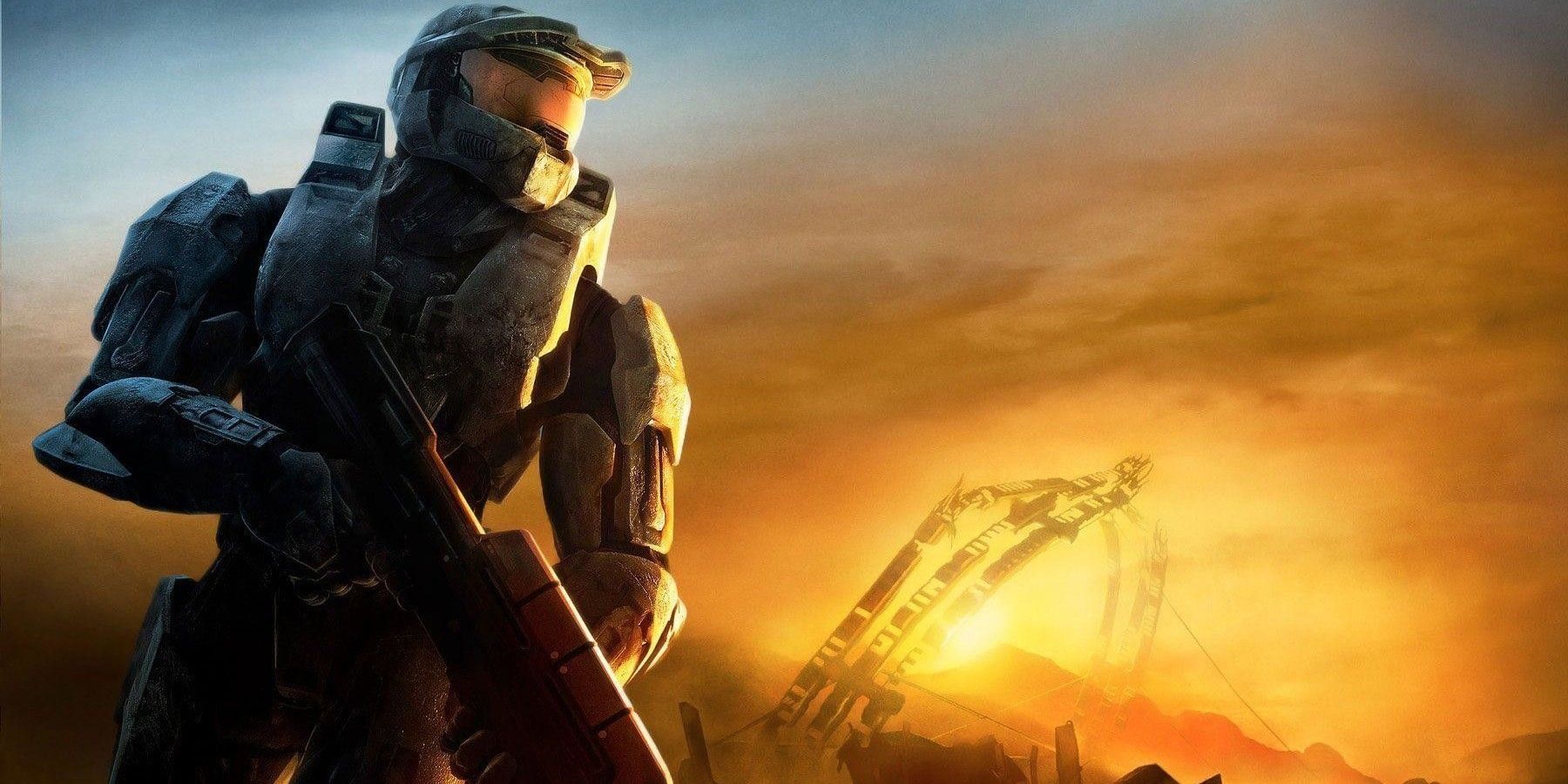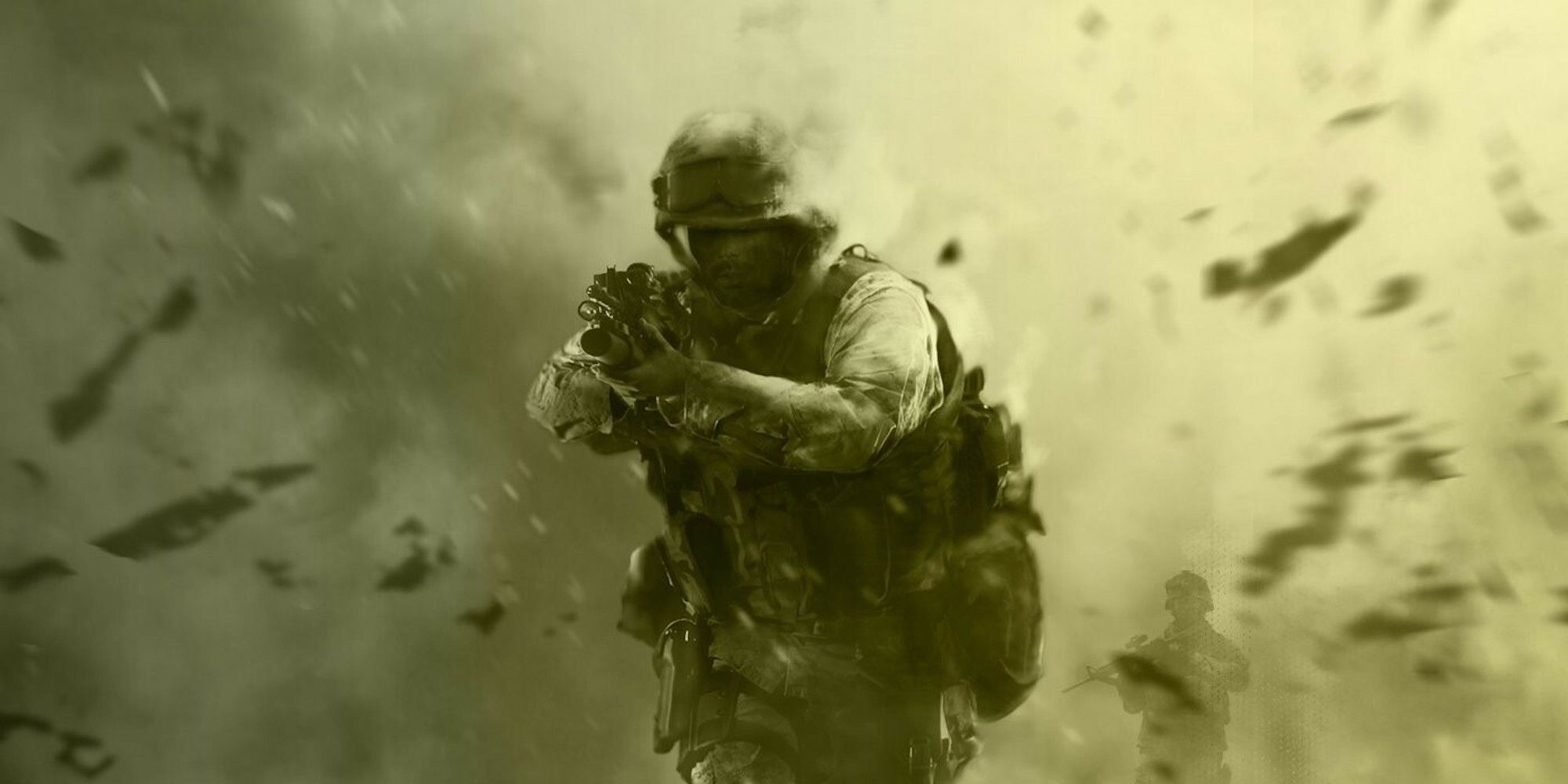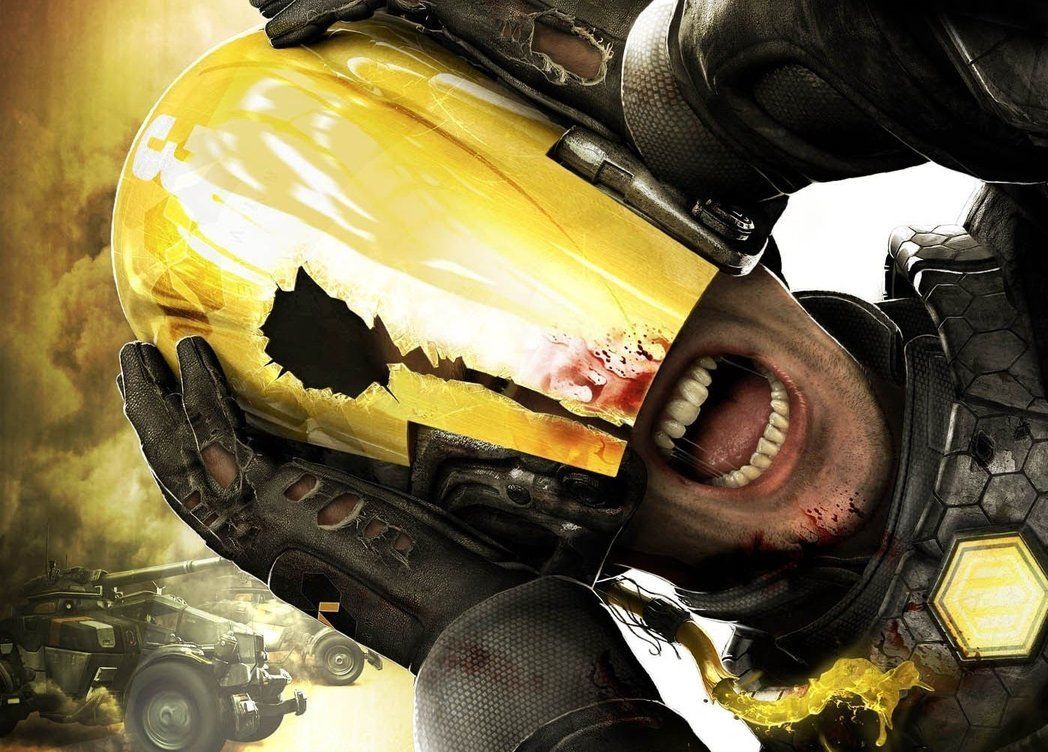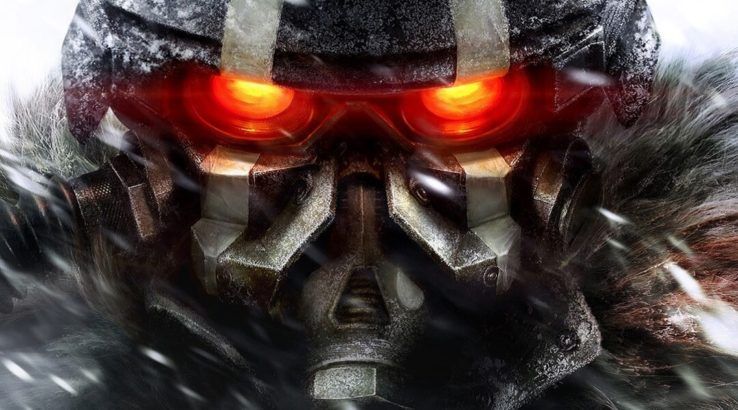In the early-to-late 2000s, Halo was the unrivaled king of the sci-fi shooter market. A market once dominated by a green-clad space marine fighting demons in Doom had come full circle, with a new green-clad space marine fighting aliens in Halo. But this lack of strong competition wasn't for a lack of trying.
During the 2000s, top studios around attempted to wrestle control of the sci-fi shooter away from Halo, and while some got close, the vast majority failed. These unsuccessful usurpers have been given a name over time: 'Halo Killers.'
Remembering Infinity Ward's Attempt To Create a 'Halo Killer'
Coming hot-off-the-heels of the incredibly popular and successful Call of Duty 2, developer Infinity Ward was tasked by Treyarch to create another game in the series, giving them freedom over what era they'd like to set the game in. Initially, the plan was to make just another World War 2 shooter, simply naming it "Call of Duty 4." But the development team had another idea.
The Infinity Ward team would be split into distinct teams, one working on the World War 2 shooter and one working on a brand-new project, titled 'Halo Killer.' The plan was simple, to take Call of Duty's responsive gameplay and mechanics and give them a sci-fi makeover, deliberately to compete with Xbox's flagship property.
Development on 'Halo Killer' didn't get very far, however, as Infinity Ward's resources were stretched much too thin by working on two big-budget games at once. The decision was quickly made to join the teams back together, now with a central focus on a Call of Duty game set in the modern day. This turned out to be a pretty smart move, as Call of Duty 4: Modern Warfare, as it would be titled, sold more units than Halo 3, with the Infinity Ward shooter selling over 10 million units by June 2008.
Remembering the Infamous Haze
The most infamous 'Halo Killer' of them all, Haze released in May 2008, exclusively for PlayStation 3. Haze started its development humbly, with Time Splitters developer Free Radical aiming to give players a mature, story-driven first-person shooter that put character development at the forefront. With inspiration taken from the war movie Apocalypse Now, Haze was going to be, first and foremost, an anti-war commentary that showed the horrors of war through the course of the game, and how PTSD can affect those in it, especially when substance abuse is present.
When it was released, Haze's anti-war plot was present, but many considered it to be half-baked, with sub-par dialog, characters that strayed far from the realms of reality, and a core narrative that just wasn't all that engaging. And with the gameplay also being a little disappointing, Haze was received pretty negatively, with critics pointing to these half-baked aspects as reasons for the game's middling scores.
Interestingly, Free Radical, and publisher Ubisoft, never actually referred to the game as a 'Halo Killer.' Instead, the media attributed the title to the game, long before its release. While the actual creators of the game were being very careful not to over-hype their audience, each new trailer that was released only served to stir the pot once more. And adding to this mounting pressure was the idea that the game needed to be just as good as Halo to succeed, which only ended in disaster for Free Radical.
In 2008, during the development of a new Star Wars: Battlefront game, Free Radical was on the ropes financially. The eventual cancellation of Star Wars: Battlefront 3, along with the poor sales and reviews of Haze, led to the company having to file for bankruptcy, and eventually close its doors.
The Free Radical team would then be bought by Crytek, who would also face financial issues and would lay off most of Free Radical's staff during 2014. The future looks a little brighter for Free Radical nowadays, as following the Embracer Group acquisition, the original Free Radical team have been given the chance to work on a new Time Splitters game.
Remembering the 'Halo Killers' That Succeeded
While it is extremely rare, there are one or two 'Halo Killers' out there that came close to fulfilling their impossible destiny, and went on to live their own successful video game careers. The biggest example of this is the Killzone series.
Releasing just a few weeks before Halo 2, the first Killzone was met with lukewarm reviews but solid sales, especially considering its competition. Many critics made direct comparisons between the two games, with many pointing out that Halo's lavish and open-ended environments were miles above Killzone's claustrophobic, gray corridors. But Sony still saw Killzone's release as a success, and tasked Guerilla Games with producing a sequel.
Killzone 2 was initially shown during E3 2005 in a trailer that claimed to be "gameplay" footage. The trailer was extremely impressive and did a great job of sparking immediate public interest in the Killzone property. Unfortunately, the "gameplay" footage shown was eventually revealed to be false, with all the trailer's action being pre-rendered.
This did little to hamper Killzone 2's eventual success, though, with the game releasing in February 2009 to widespread critical acclaim. Outlets across the board gave Killzone 2 high marks, with its graphics, pacing, and intense single-player campaign being key highlights for many reviewers. Killzone 2 may have not killed the Halo franchise, but it did give PlayStation fans an experience that came close.

